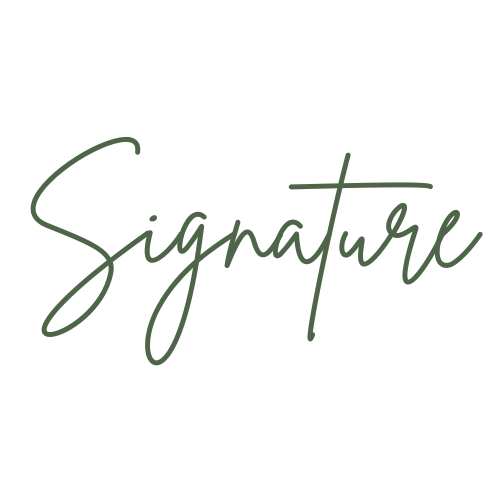Lost, Stolen, or Hidden: The World’s Greatest Missing Masterpieces
Art history is full of mysteries, but few are as tantalizing as missing masterpieces. Some have been stolen in daring heists, others have vanished without a trace, and a few are rumored to be hidden in private collections or behind secret walls.
Despite decades of investigations, billions of dollars worth of lost art remain missing. From vanished Van Goghs to a Caravaggio stolen by the Mafia, these missing works fuel speculation, black-market deals, and high-stakes hunts by art historians, collectors, and law enforcement.
Where are these lost treasures? And more importantly, could one be hiding in plain sight?
1. Caravaggio’s “Nativity with St. Francis and St. Lawrence” (Stolen by the Mafia, 1969)
One of the most famous missing paintings of all time, Caravaggio’s Nativity with St. Francis and St. Lawrence was stolen from the Oratory of San Lorenzo in Palermo, Italy, in 1969. The massive Baroque masterpiece was cut from its frame, and investigators have long suspected that the Mafia was behind the theft.
Over the years, conflicting theories have surfaced. Some claim it was hidden in a secret underground bunker, while others believe it was destroyed or sold on the black market. Despite international efforts to locate it, this $20 million masterpiece remains missing.
How it could be authenticated:
If the painting resurfaces, it will require forensic testing to confirm its authenticity.
Provenance research would need to trace how it survived decades in hiding.
2. Vermeer’s “The Concert” (Stolen from the Isabella Stewart Gardner Museum, 1990)
One of the largest unsolved art heists in history, the Isabella Stewart Gardner Museum theft resulted in the loss of 13 irreplaceable artworks, including Vermeer’s The Concert—one of only 34 paintings attributed to the Dutch master.
Two thieves, dressed as police officers, tied up security guards and spent 81 minutes looting the museum. The stolen works, valued at over $500 million, have never been recovered.
Despite numerous leads and a $10 million reward, the missing Vermeer and the rest of the stolen collection remain one of the art world’s greatest mysteries.
How it could be authenticated:
If the painting is found, it would require UV light testing and forensic pigment analysis to confirm it is the original.
Without proper documentation and provenance research, it would be difficult to return to the market.
3. Vincent van Gogh’s “The Painter on His Way to Work” (Lost During WWII)
During World War II, countless artworks were looted or destroyed, and among them was Van Gogh’s The Painter on His Way to Work.
Last seen in a private collection in Berlin, the painting disappeared in 1945. Some believe it was destroyed in an air raid, while others suggest it was taken by Soviet troops and remains in a hidden collection in Russia.
With so many Nazi-looted artworks resurfacing decades later, there is always hope that this priceless Van Gogh could one day be found.
How it could be authenticated:
If recovered, it would require detailed stylistic analysis to compare it to known Van Gogh works.
Nazi-looted art must go through intensive provenance research before being legally resold.
4. Raphael’s “Portrait of a Young Man” (Missing Since WWII)
Considered one of the greatest artistic losses of World War II, Raphael’s Portrait of a Young Man was stolen by the Nazis from the Czartoryski Museum in Poland in 1939.
It is widely believed that Nazi official Hans Frank took it to his home in Germany, but after his arrest in 1945, the painting vanished. Some believe it is in a secret collection, while others suspect it was destroyed in the final days of the war.
How it could be authenticated:
If it is found, experts would need to use X-ray analysis to confirm its age and materials.
The work would require a legal battle over rightful ownership, as many looted artworks have been tied up in restitution claims.
5. Pissarro’s “The Boulevard Montmartre at Night” (Stolen from a Private Collector, 1980s)
This masterpiece by Camille Pissarro, one of the leading Impressionists, was stolen from a private collector in the 1980s. It was long thought to be lost forever, until it resurfaced in an Italian auction house in 2014.
By then, it had changed hands multiple times, and its rightful ownership was legally contested. After a long court battle, it was finally returned to the family of its original owner.
How it could be authenticated:
This case highlights the importance of provenance research in recovering lost art.
Many artworks remain hidden in private collections, resurfacing only when an owner tries to sell them.
Could One of These Missing Masterpieces Be in Your Collection?
The stories of missing art remind us that priceless works can resurface anywhere—in an attic, a storage unit, or even hanging on a wall unnoticed for decades.
At Signature, we specialize in:
Provenance research – Tracing artwork ownership history to verify authenticity.
Scientific testing – Using UV light, X-ray imaging, and pigment analysis to confirm materials.
Authentication reports – Helping collectors establish credibility for their artworks.
If you suspect you own a lost or misattributed masterpiece, let our experts help you uncover its true history.
Think you have a hidden treasure? Contact us today.
